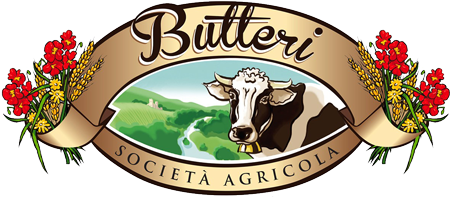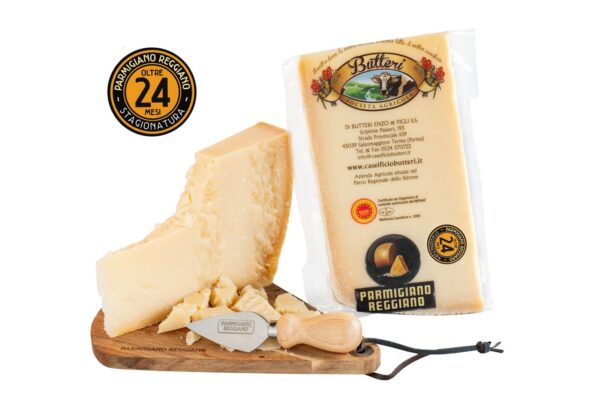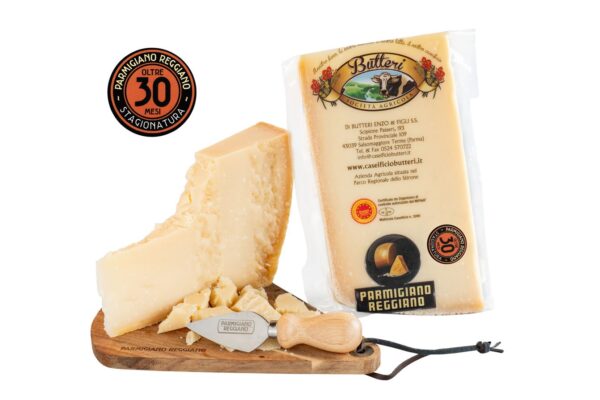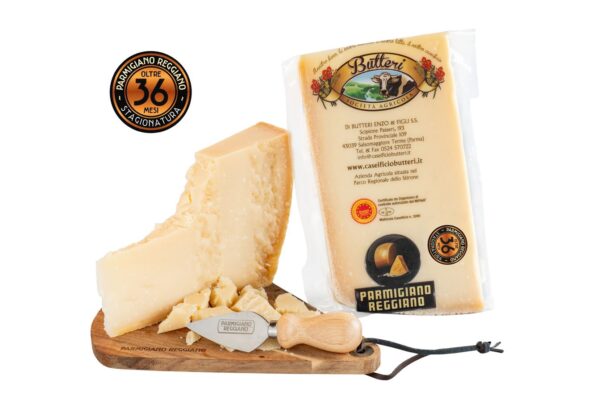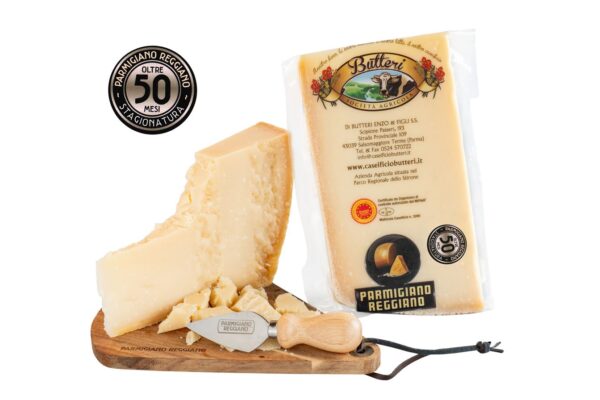
Caseificio Butteri
Trasformiamo tutto il latte prodotto dalla stalla, in forme
di formaggio Parmigiano Reggiano, con matricola 3280 PR.
Oltre al Parmigiano Reggiano certificato dalla Disciplinare DOP
vengono prodotte anche caciotte, ricotta, yogurt, panna cotta e burro,
sempre con l’utilizzo del latte di produzione propria.
I nostri prodotti
Cesti Regalo

Cesti Regalo
Confezioniamo tutto l’anno pacchi regalo per aziende e privati. Siamo attrezzati con scatole regalo, cesti, fiocchi e nastri, composizioni su taglieri o sacchetti di juta.
Visite Guidate
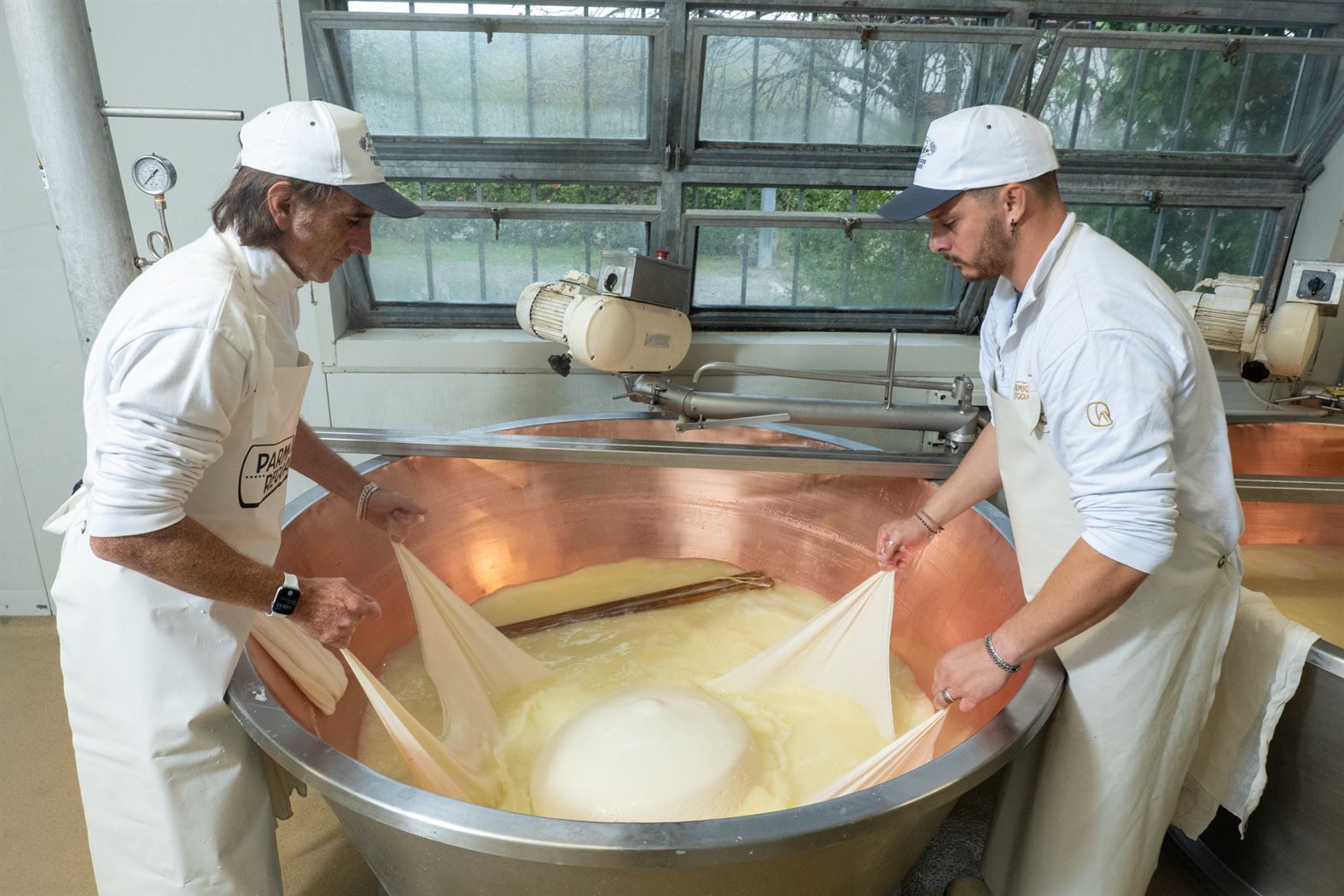
Visite Guidate
Visitare un caseificio è un viaggio alla scoperta del Parmigiano Reggiano, il re dei formaggi, prodotto solo con tre ingredienti naturali: latte, sale e caglio.
Maggiori Informazioni
Per ricevere maggiori informazioni compila il modulo sottostante
o inviaci una mail all'indirizzo info@caseificiobutteri.it
Tutti i campi indicati con * sono obbligatori
Compila la somma per inviare il modulo
